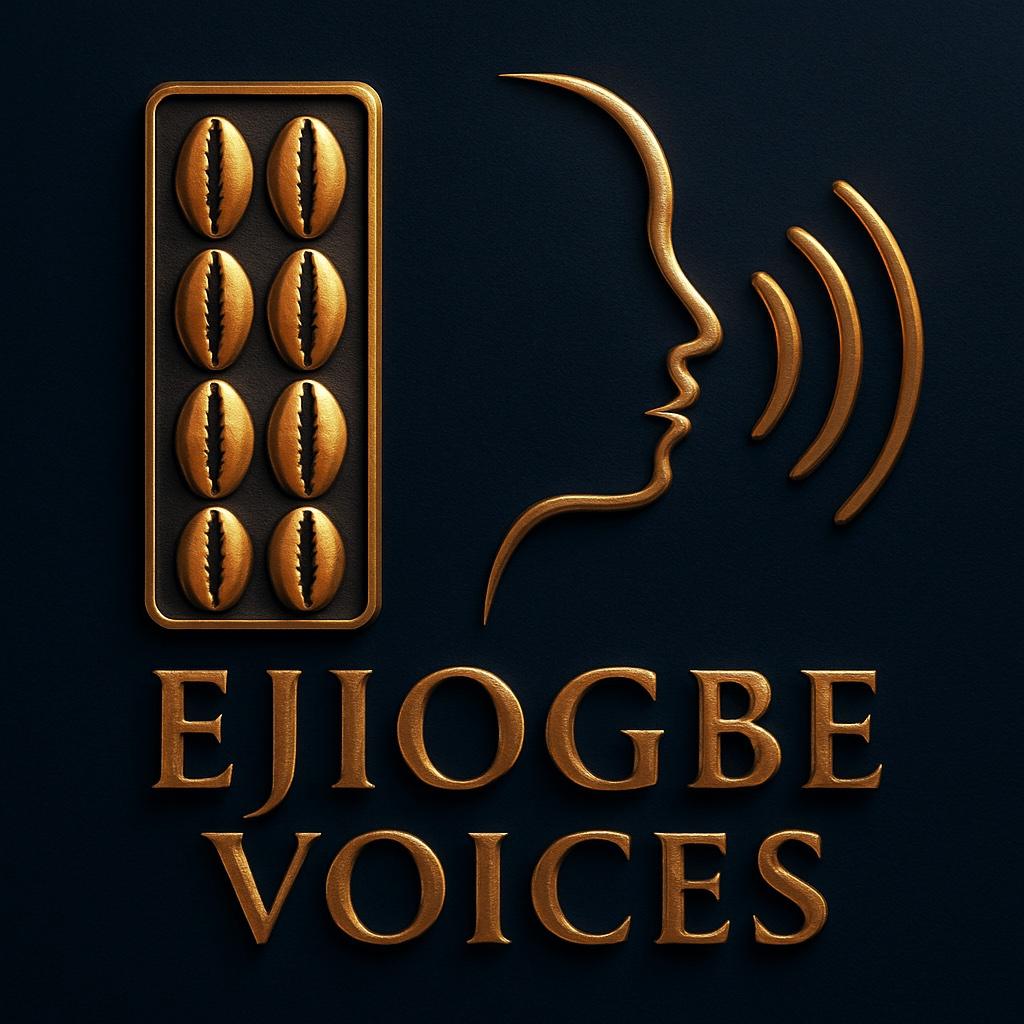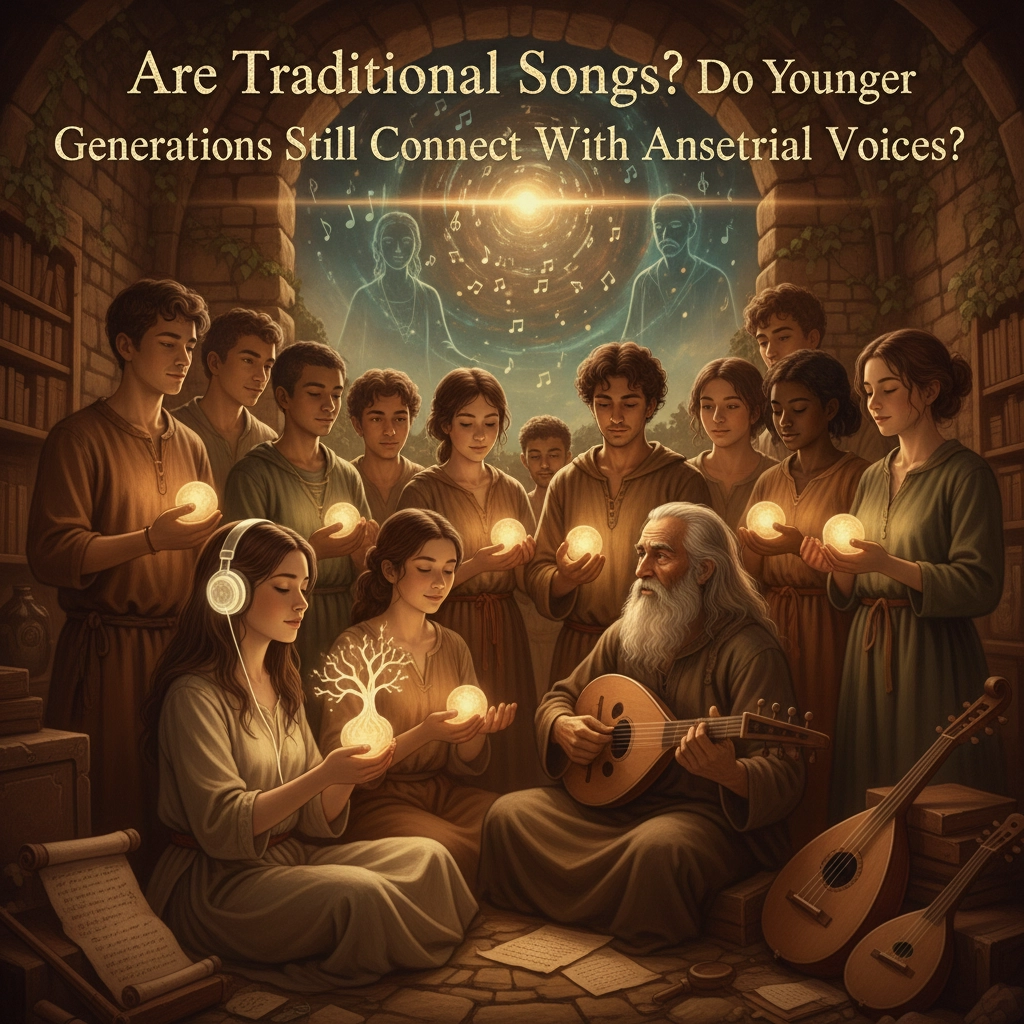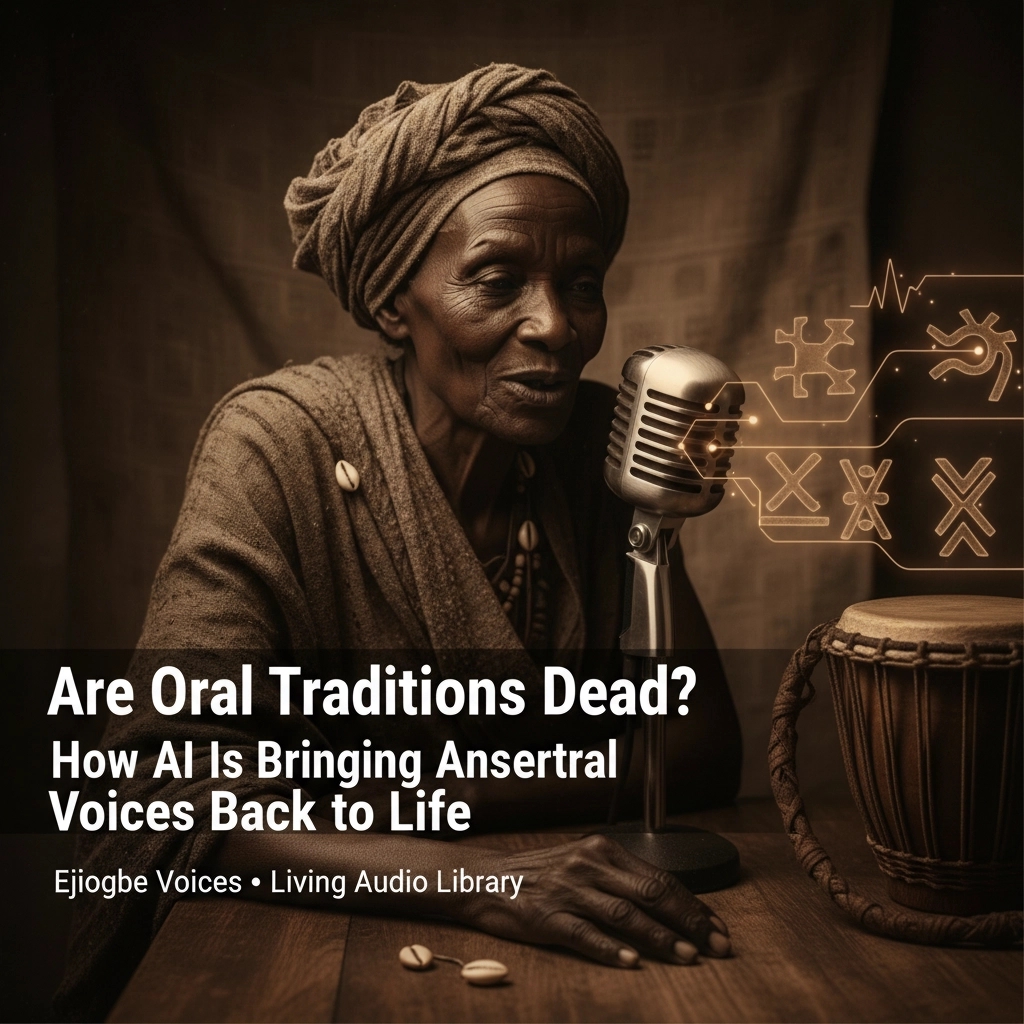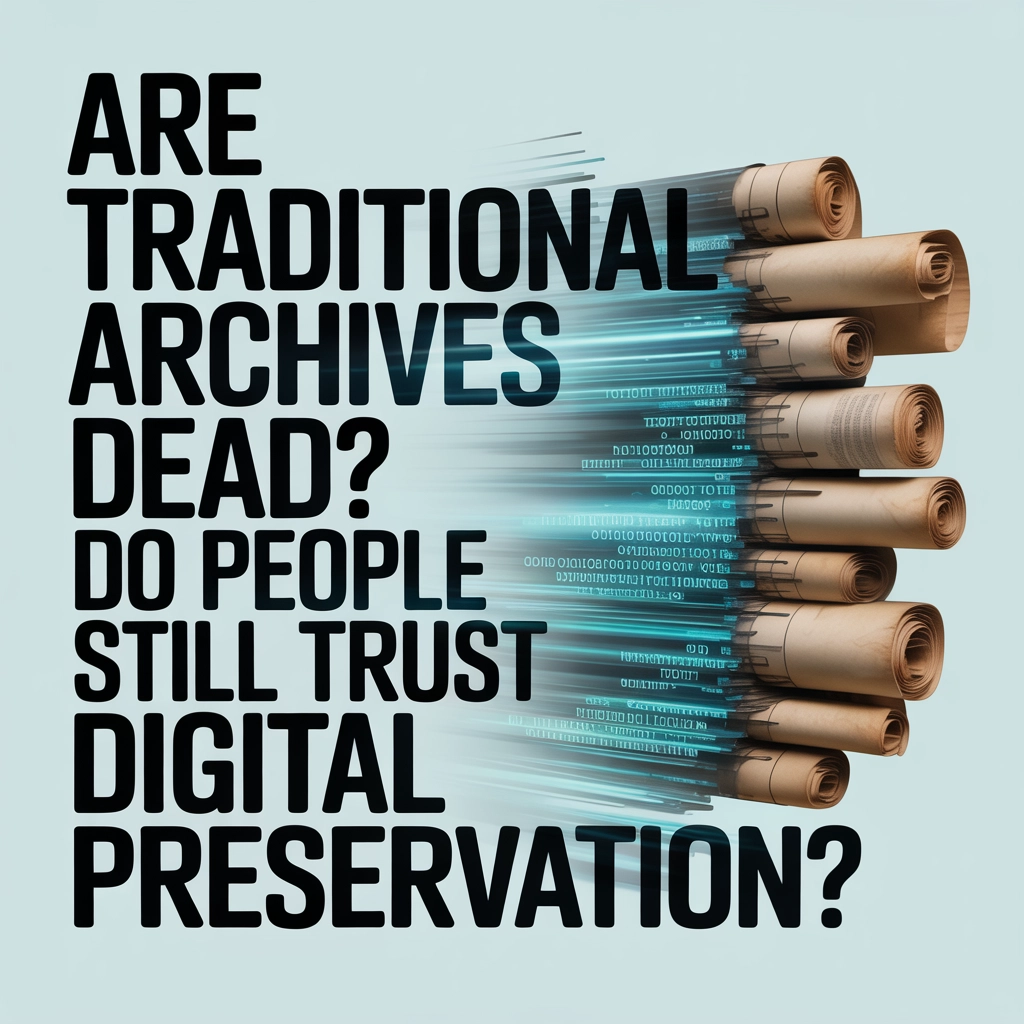The question haunts cultural preservationists worldwide: Are our ancestral voices fading into silence? As elders pass on and young people gravitate toward modern music, it's natural to worry that traditional songs: those sacred vessels of wisdom, history, and identity: might be disappearing forever.
The truth, however, tells a different story. Traditional songs are not only surviving but experiencing a remarkable renaissance, with younger generations actively seeking connection to their ancestral voices in ways that would surprise even the most pessimistic cultural guardian.
The Unexpected Folk Revival of 2025
This year has marked a turning point for traditional music's relationship with young people. Bob Dylan's biopic A Complete Unknown, starring Timothée Chalamet, generated over $132 million at the box office and caused Dylan's streaming numbers to surge by 150%. More significantly, this commercial success revealed something profound: younger audiences, initially drawn by contemporary stars, are discovering and embracing traditional folk music with genuine enthusiasm.
The generational bridge became even more apparent during Saturday Night Live's 50th anniversary special, when pop sensation Sabrina Carpenter performed the folk song Homeward Bound alongside Paul Simon himself. Watched by over 15 million people, this performance represented a powerful symbolic passing of the torch: proof that traditional songs can feel fresh and relevant when presented authentically.

Music festivals are responding to this renewed interest by welcoming numerous folk artists among their lineups. Brighton's The Great Escape featured 130 new artists, with a significant portion representing traditional and folk influences. This programming choice reflects industry recognition that young audiences are genuinely hungry for traditional music experiences.
Why Young People Are Seeking Ancestral Voices
The current folk revival reflects deeper societal needs. Just as the folk movement of the 1970s emerged from a desire for authenticity during turbulent times, today's young people are turning to traditional songs for similar reasons. In our increasingly digital world, ancestral voices offer something irreplaceable: genuine human connection, stories of struggle and hope, and wisdom passed down through generations.
Traditional songs provide what modern music often cannot: a sense of roots, belonging, and continuity. They carry the prayers, teachings, and guidance of our ancestors, offering young people a spiritual anchor in uncertain times. This isn't nostalgia; it's a practical search for meaning and identity.
The cultural resonance extends beyond music into fashion and lifestyle choices. The bohemian aesthetic associated with folk traditions has influenced major fashion collections, with young consumers actively seeking pieces that connect them to these deeper values and stories.
The Living Evolution of Tradition
Traditional songs survive precisely because they are not static museum pieces but living, breathing cultural expressions that adapt to each generation. The concept of "creative forgetting": the natural changes that occur as songs pass from person to person: has always been central to folk music's transmission.
This process continues today, though the pathways have evolved. Young musicians learning from YouTube videos and digital platforms are absorbing musical wisdom from a global community rather than just family and neighbors. This expanded access doesn't diminish their connection's authenticity; it represents the natural evolution of how folk traditions spread and survive.
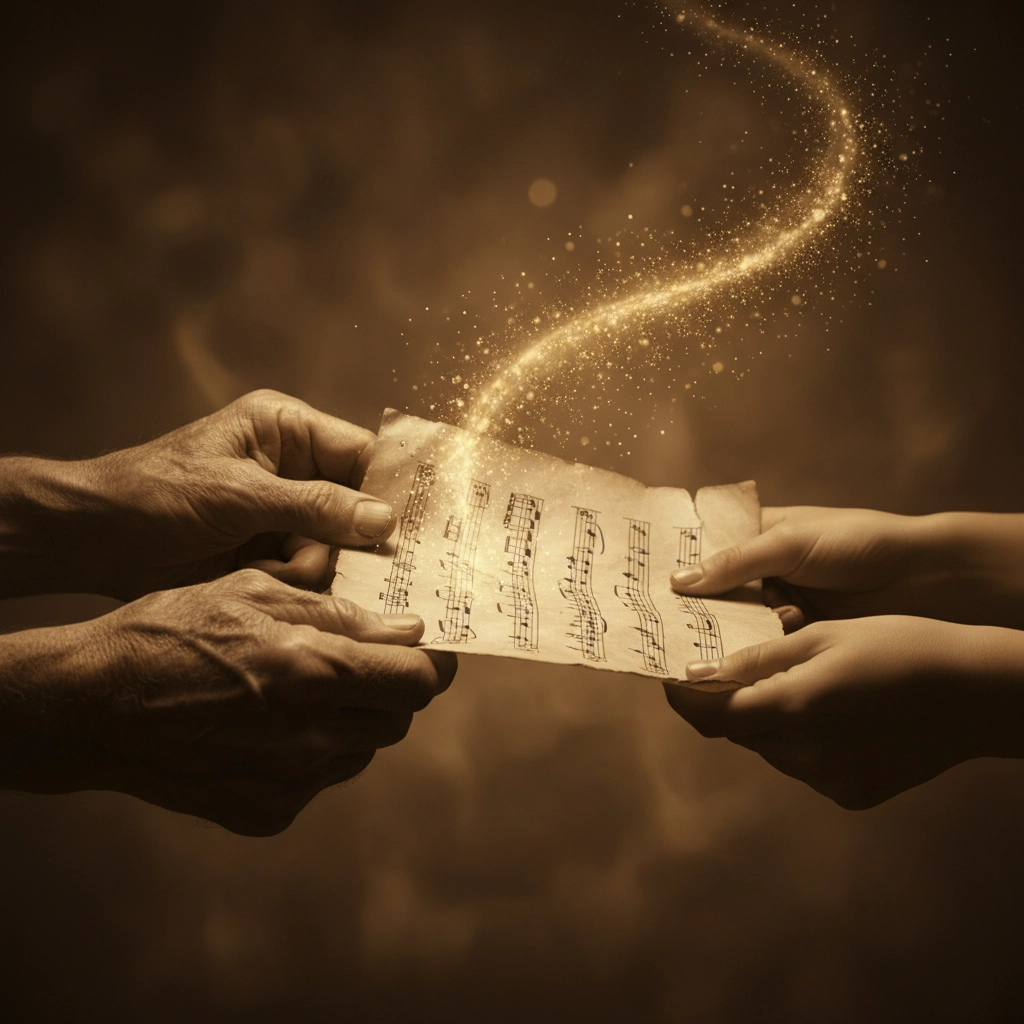
Each generation must find its own way to connect with ancestral voices. Today's young people who discover traditional songs through digital platforms and adapt them for contemporary contexts are participating in the same folk process that has kept these songs alive for centuries. They are not corrupting tradition: they are continuing it.
Technology as a Bridge, Not a Barrier
Rather than killing traditional songs, technology is becoming their most powerful ally. Digital platforms allow young people to access ancestral voices that might otherwise be lost to time and distance. Diaspora communities can reconnect with their heritage through recordings of elders, traditional ceremonies, and cultural practices that were previously inaccessible.
This is where companies like Ejiogbe Voices recognize the transformative potential of technology in cultural preservation. By developing apps and platforms that make traditional knowledge globally accessible, we create permanent, accessible records of ancestral wisdom while empowering communities to maintain their cultural connections across generations and geographic boundaries.
The key lies in using technology respectfully: as a tool to amplify rather than replace the human voices that carry our traditions. When we preserve the prayers, teachings, and songs of our elders in digital formats, we ensure these ancestral voices can continue speaking to future generations.
The Global Awakening to Cultural Heritage
Young people worldwide are experiencing what we might call a "heritage awakening." From African diaspora communities rediscovering traditional songs to Indigenous youth learning ancestral languages, there's a global movement toward cultural reconnection.
This awakening is driven by recognition that traditional songs carry more than melodies: they preserve worldviews, values, and ways of understanding life that mainstream culture often overlooks. Young people are discovering that their ancestors' voices offer guidance for navigating modern challenges, from environmental crisis to social justice to personal identity.
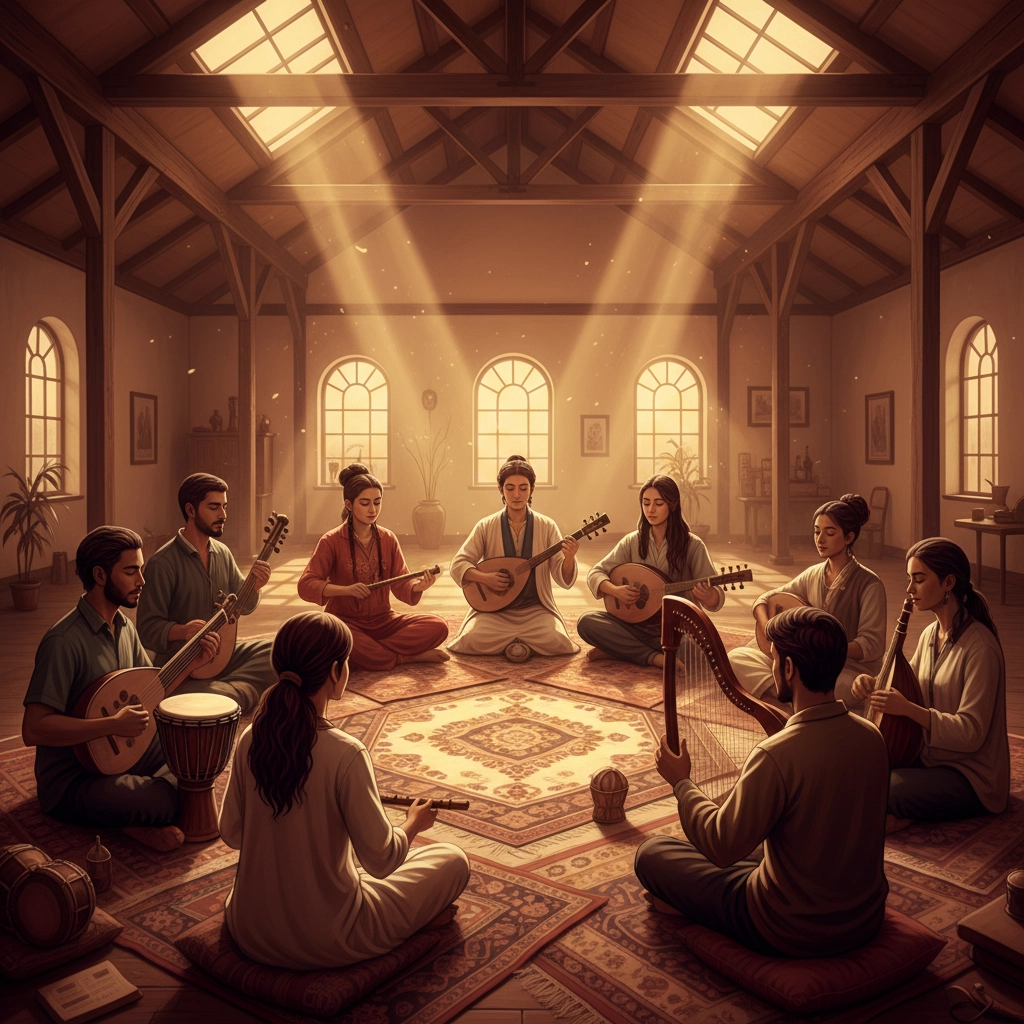
The bohemian fashion trend reflects this deeper hunger for authenticity and connection. When young people embrace aesthetics associated with folk traditions, they're not just following fashion: they're expressing a desire to connect with something more meaningful than mass-produced culture.
Challenges and Opportunities Ahead
While the revival is encouraging, significant challenges remain. Many traditional songs exist only in the memories of aging elders. Languages are disappearing. Cultural practices are being diluted or lost entirely. The window for preservation is closing rapidly in many communities.
However, these challenges also represent unprecedented opportunities. Young people's renewed interest in ancestral voices creates openings for meaningful cultural transmission. Technology provides tools for preservation and sharing that previous generations could never have imagined. Most importantly, we're learning that tradition and innovation don't have to be enemies: they can be partners in ensuring cultural survival.
The success stories emerging worldwide show what's possible when communities embrace both reverence for tradition and openness to new methods of preservation and transmission. From recording projects that capture elder wisdom to apps that teach traditional songs to young people, innovation is serving cultural continuity.
Building Bridges Between Generations
The most successful traditional music revivals happen when elders and young people work together, each bringing unique strengths to the cultural preservation process. Elders carry the authentic knowledge, wisdom, and lived experience of traditions. Young people bring energy, technological skills, and fresh perspectives on how traditions can remain relevant.
This collaboration requires mutual respect and understanding. Elders must recognize that adaptation doesn't mean corruption: it means survival. Young people must understand that trendy interpretations need grounding in authentic knowledge and respectful practice.
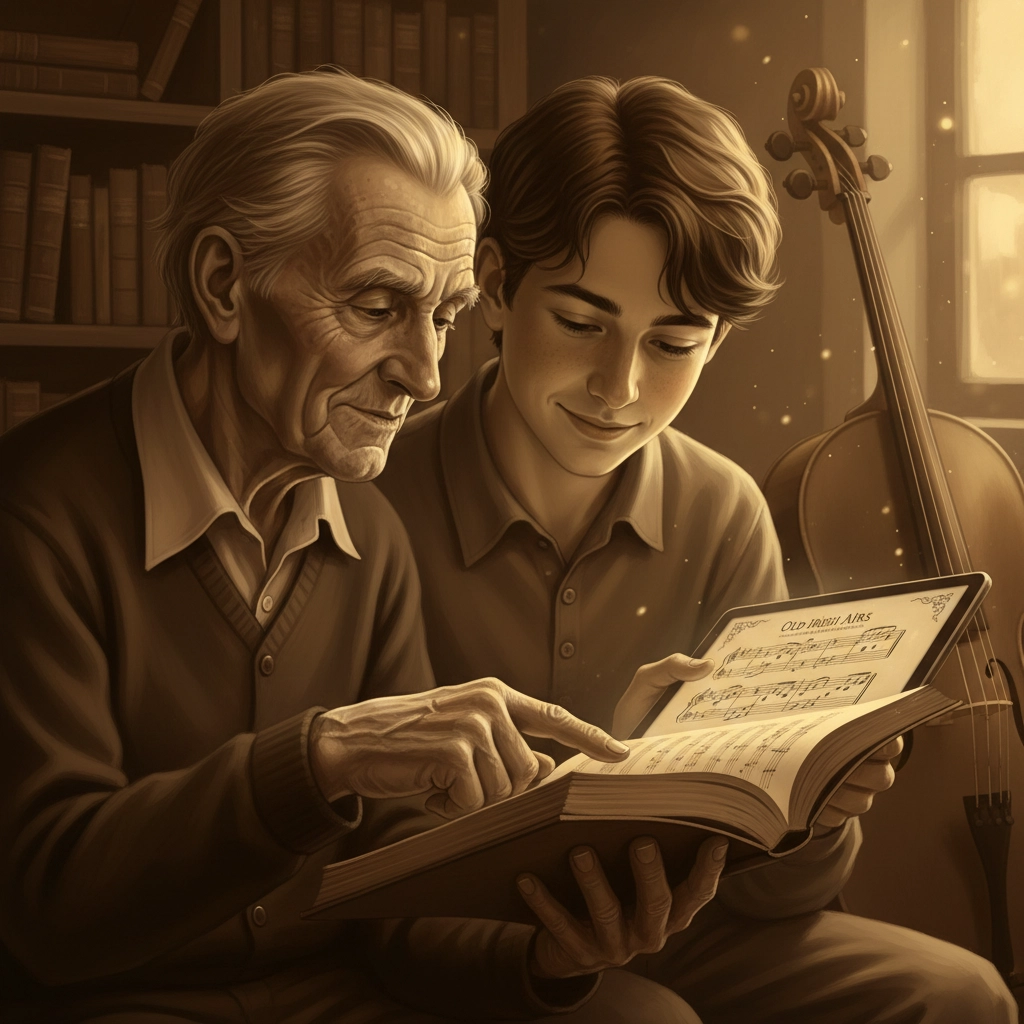
When these partnerships work, they create something powerful: ancestral voices that speak clearly to contemporary hearts, traditional songs that feel both timeless and immediate, and cultural heritage that inspires pride rather than obligation.
The Answer to Our Question
Are traditional songs dead? Absolutely not. Are younger generations connecting with ancestral voices? More than ever before, though in ways that might surprise older generations.
The key insight is that connection doesn't always look the way we expect. A young person learning a traditional song from a smartphone app is still receiving ancestral wisdom. A diaspora child connecting with their heritage through recorded elder voices is still hearing their cultural calling. A teenager adapting a folk melody for modern instruments is still participating in the ancient process of cultural transmission.
Traditional songs are alive, evolving, and finding new voices with each generation that discovers them. Our ancestral voices continue speaking: sometimes through contemporary expressions, sometimes through digital preservation, always through the human heart's persistent search for meaning, identity, and connection.
The responsibility now falls to all of us: to preserve these voices respectfully, share them wisely, and ensure they continue speaking to future generations. In doing so, we honor both our ancestors and our descendants, creating bridges that span time itself.
